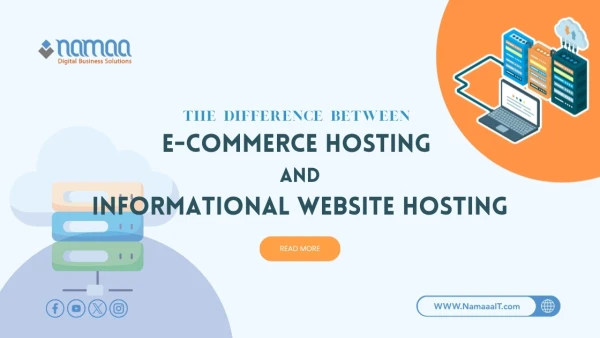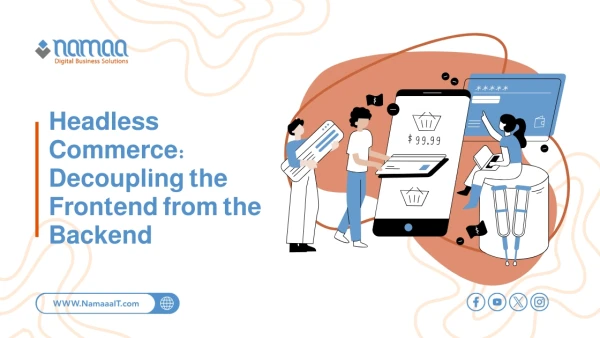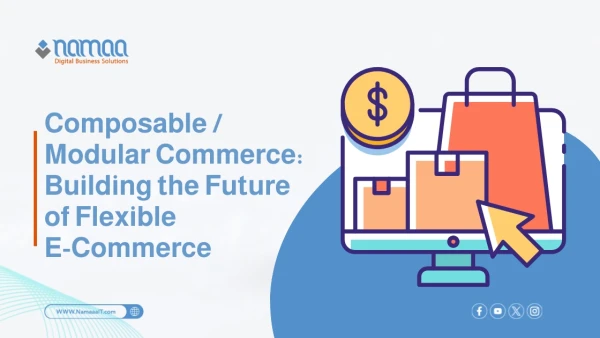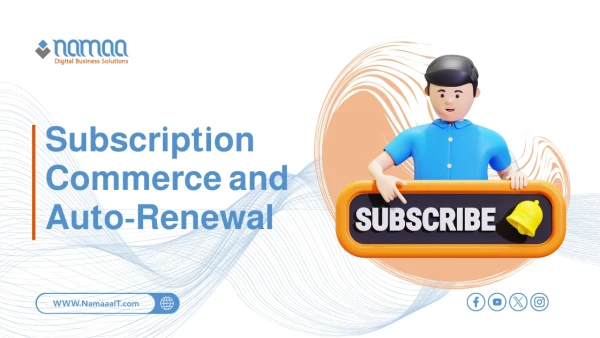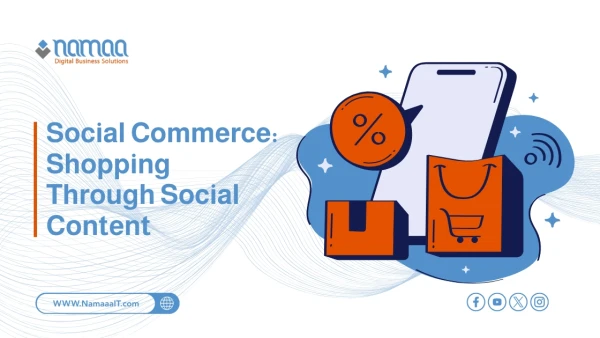Many people focus on metrics like traffic, while overlooking the most significant element: the human experience. How does your visitor feel navigating your store? That’s the essence of User Experience (UX)—the silent conversation between your brand and your customer that builds trust and drives the purchase. Understanding this principle is non‑negotiable for anyone serious about building a credible digital presence. It’s the difference between a store that merely exists and a platform that delivers extraordinary performance and real loyalty.
What Is User Experience (UX) in E-Commerce?
UX is the overall feeling a visitor experiences when interacting with your online store. It’s not just about the products, but the entire journey—from finding an item, clear information, ease of adding to cart, to a smooth checkout. UX is the invisible engineering that makes users feel comfortable, confident, and in control—turning a browsing session into a successful, satisfying purchase.
Why UX Is More Important Than a Visually Stunning Store
A beautiful design draws the eye—but UX builds trust and drives conversions. Imagine walking into a lavish shop where aisles are narrow, products are disorganized, and the checkout is slow. You’d leave immediately. Similarly, no matter how attractive your site looks, if the UX is frustrating, customers will abandon ship.
Good UX: Builds trust, guides customers smoothly to purchase, and reduces hesitation.
Just design: Can confuse if buttons aren’t obvious or information is unclear—leading to lost sales.
UX vs. UI: What’s the Difference?
Often used interchangeably, UX and UI are fundamentally different—knowing the difference helps you choose the right partner.
| Component | UI (User Interface) | UX (User Experience) |
|---|---|---|
| Focus | Visual appearance (colors, fonts, icons) | Store functionality and flow (navigation logic, task flow) |
| Goal | Make it look attractive | Make the user journey efficient and obstacle-free |
| Example | The button color and shape | That the “Add to cart” button is visible and works properly |
How to Reduce Cart Abandonment Through UX Improvements
Cart abandonment signals UX friction—especially in checkout. Fix it by addressing hesitation and friction with these steps:
- Simplify Checkout
Limit checkout to one or two pages. Remove unnecessary fields and allow guest checkout to avoid forcing account creation—one of the biggest abandonment reasons. - Full Cost Transparency
Show shipping and tax costs clearly early in the checkout—preferably on the cart page—not at the last step. Unexpected fees break trust. - Offer Multiple Payment Methods
Don’t assume everyone wants to pay by card. Offer trusted local payment options like Mada, Apple Pay, and COD (if applicable) to give customers confidence and flexibility.
Mobile-First Optimization Matters
Since most visitors use mobile, adopt a mobile-first design approach:
- Simplify content—focus on essentials to avoid clutter on a small screen.
- Use large, touch-friendly buttons and text.
- Optimize loading speed (compress images, enable caching).
- Simplify forms—reduce fields and offer proper keyboards for email, phone, price entry.
ROI of Investing in UX
UX optimization is not just a cost—it's a direct driver of growth:
- Higher conversion rates: smoother paths lead to more sales
- Bigger average order values: easy browsing encourages more products
- Stronger loyalty: positive experiences bring return customers, reducing acquisition cost
- Lower support costs: clarity reduces inquiries and friction in the buying process
Why PolarisMAX Is Built for Exceptional UX
PolarisMAX isn’t a generic platform—it’s engineered from the ground up to tackle modern e‑commerce UX challenges:
- Mobile-first architecture: ensures mobile users get an optimized, not shrunken, version of your site
- Blazing-fast loading: minimized wait times keep users engaged
- Streamlined checkout: simple, flexible, and trustworthy workflow reduces abandonment
FAQs
1. Is UX only about easy navigation?
No—it also includes accessibility (so users with disabilities can easily use your site), clear security signals, and user trust-building elements.
2. Does UX end once checkout is complete?
Absolutely not. Great UX extends post-purchase with clear order confirmations, easy tracking pages, and hassle-free returns—turning one-time buyers into lifelong customers.
3. Does written content matter in UX?
Yes—it’s pivotal. Product descriptions should answer questions and build desire, CTAs guide action, and a consistent tone builds emotional connection and brand identity.
Summary
✅ Visitors decide whether to stay in the first 5–10 seconds based on usability.
✅ Over 70% of site traffic comes from mobile in Saudi Arabia—ignoring mobile UX means losing most potential customers.
✅ About 60% abandon carts due to unexpected costs at checkout.
✅ Every $1 spent on UX can yield up to $100 in return.
✅ A well-designed UX can boost conversion rates by up to 200%, effectively doubling sales with the same ad budget.

.webp)


